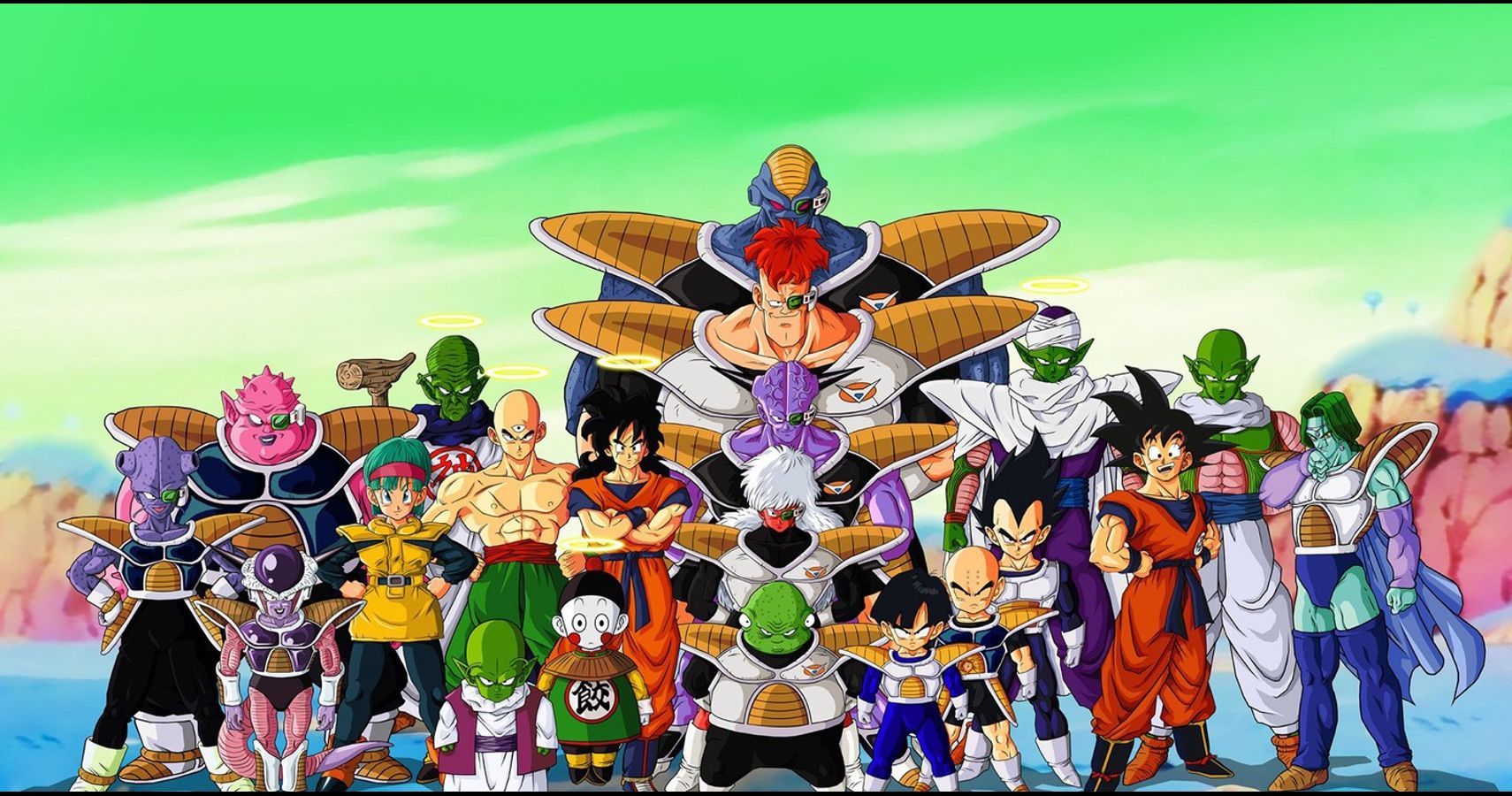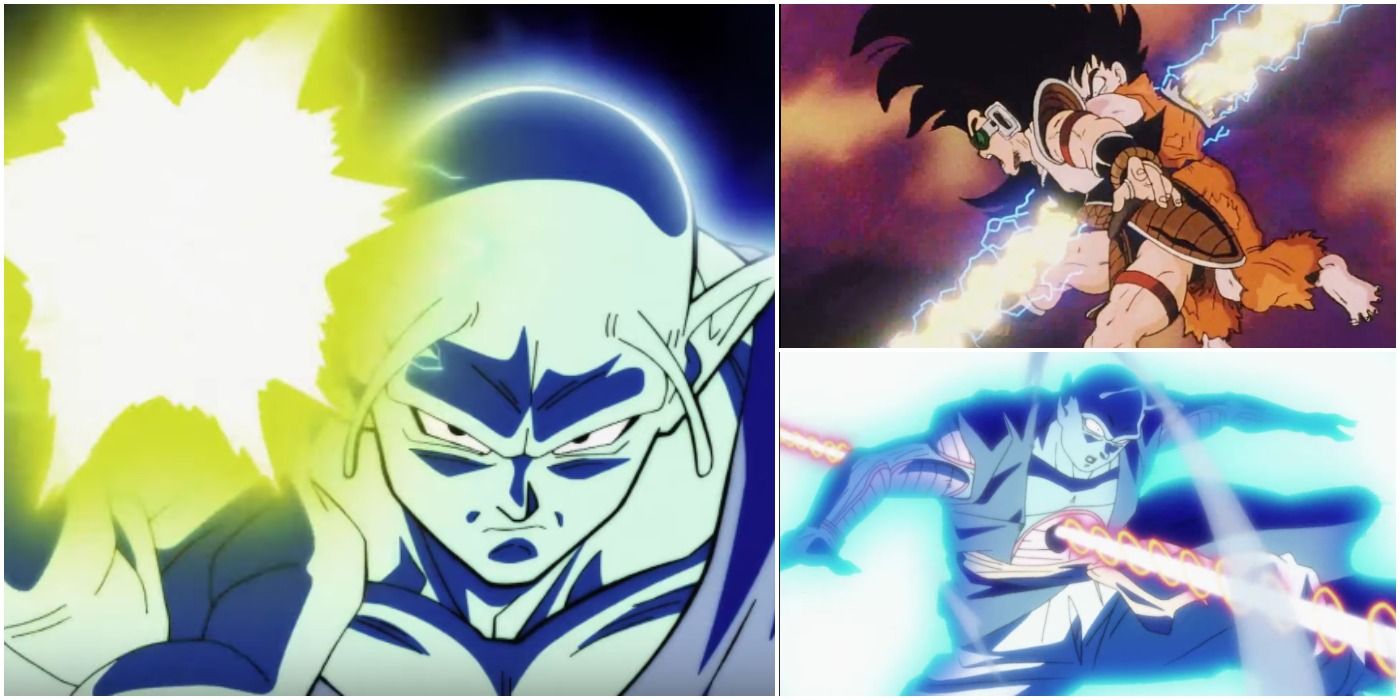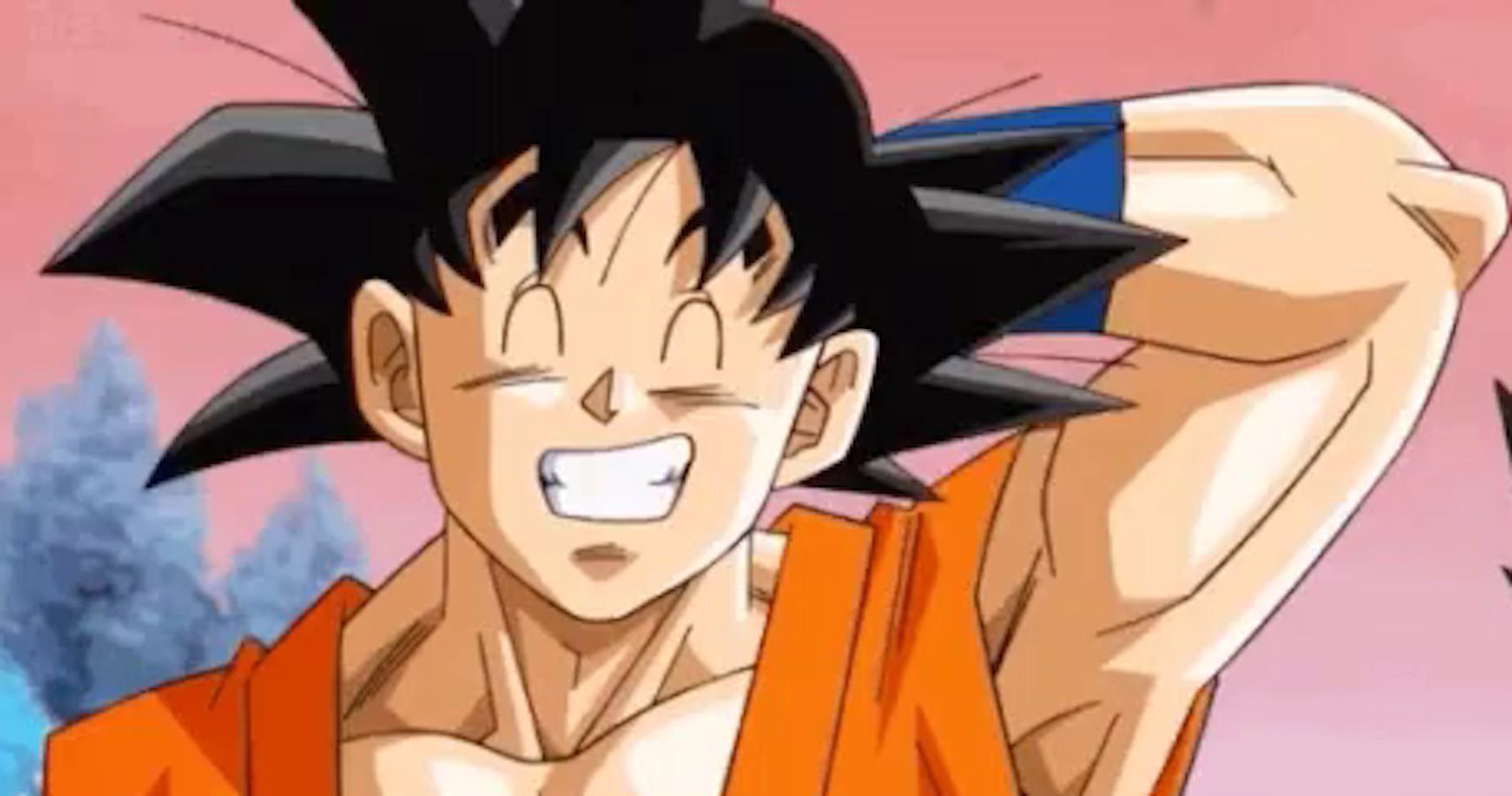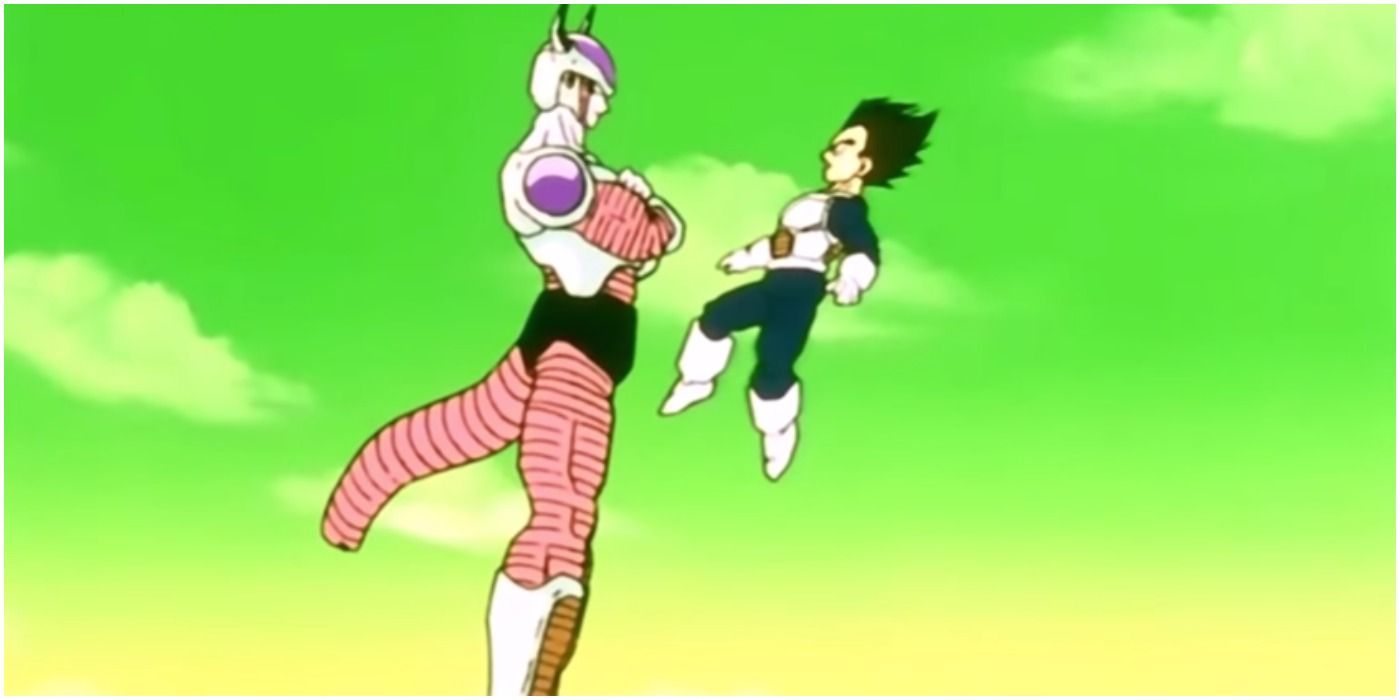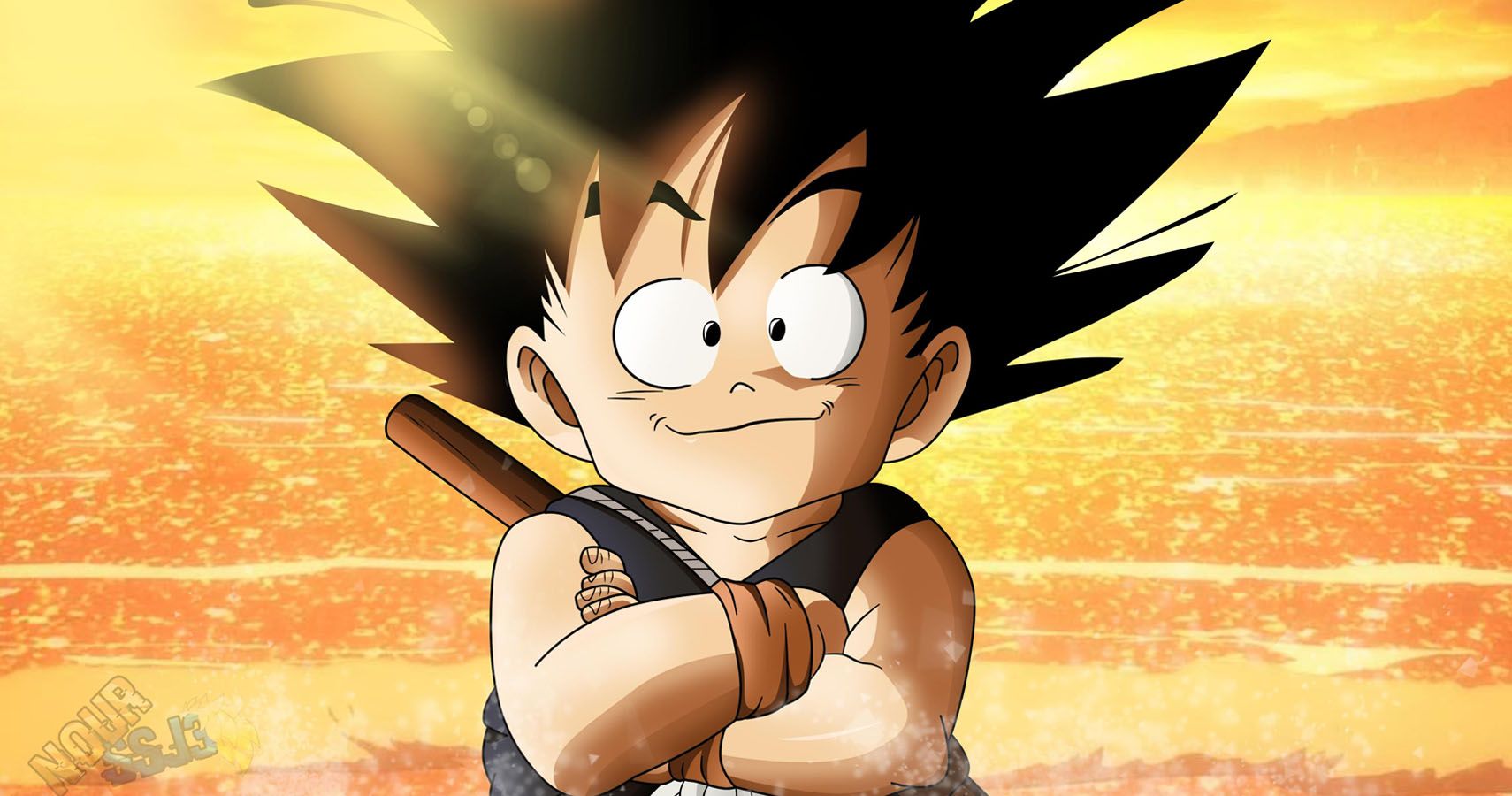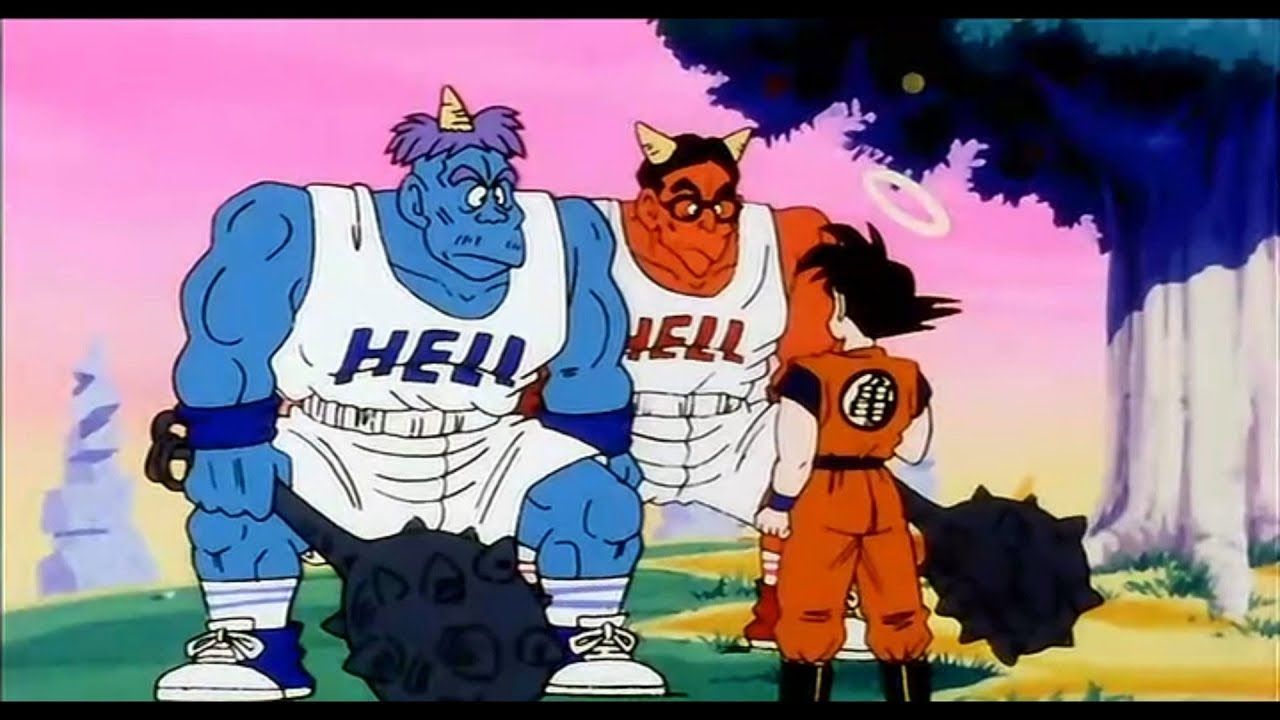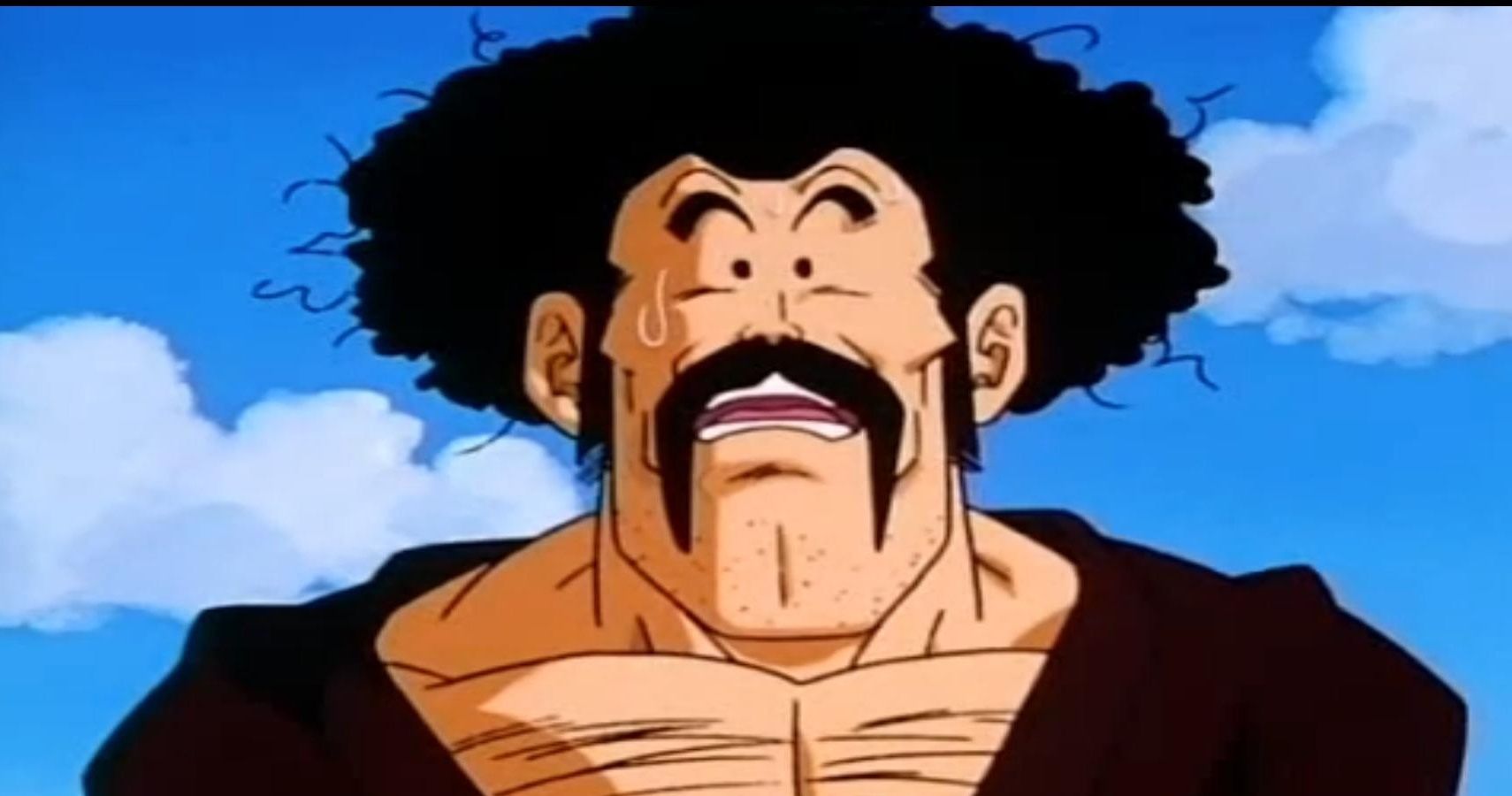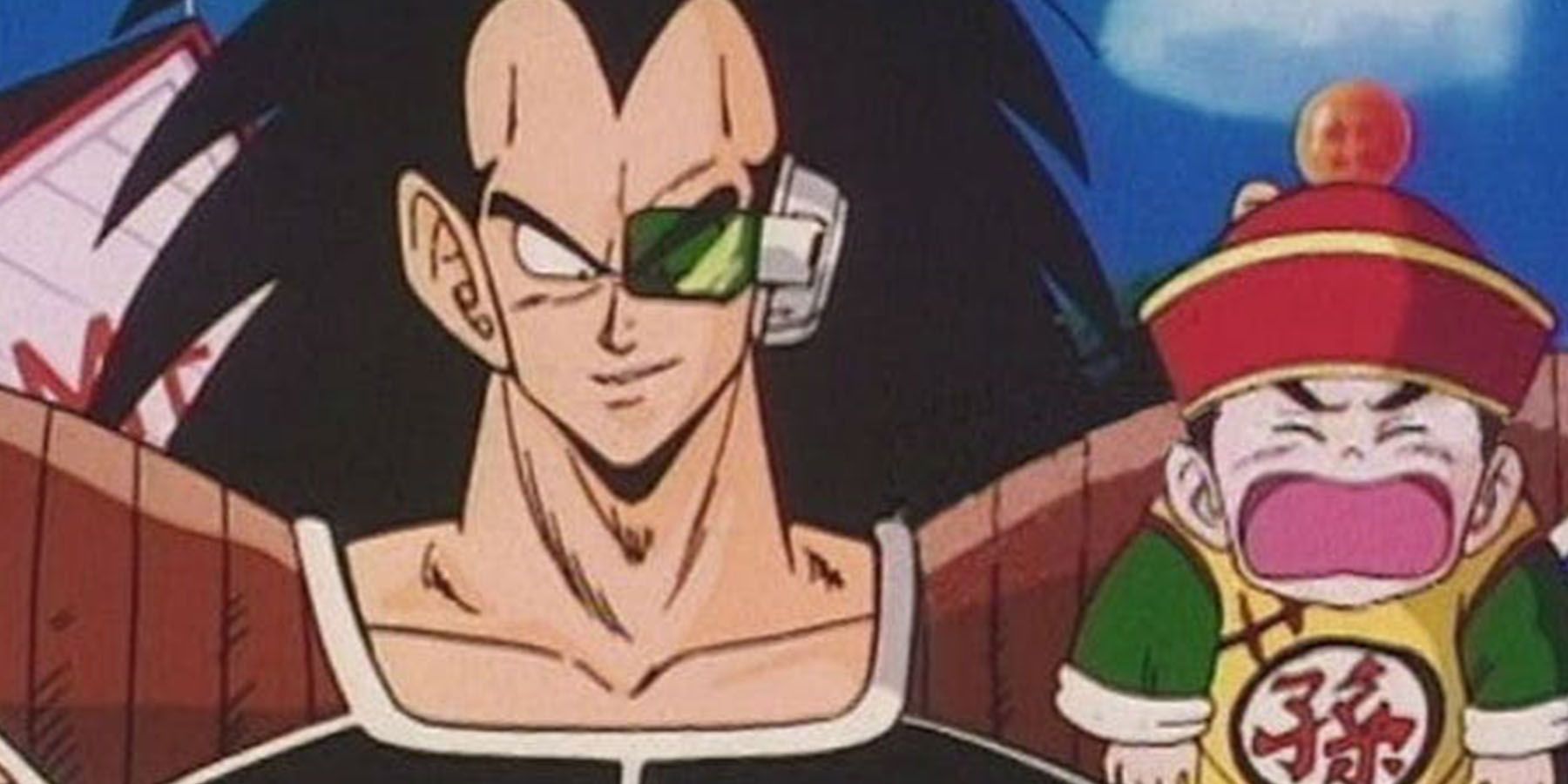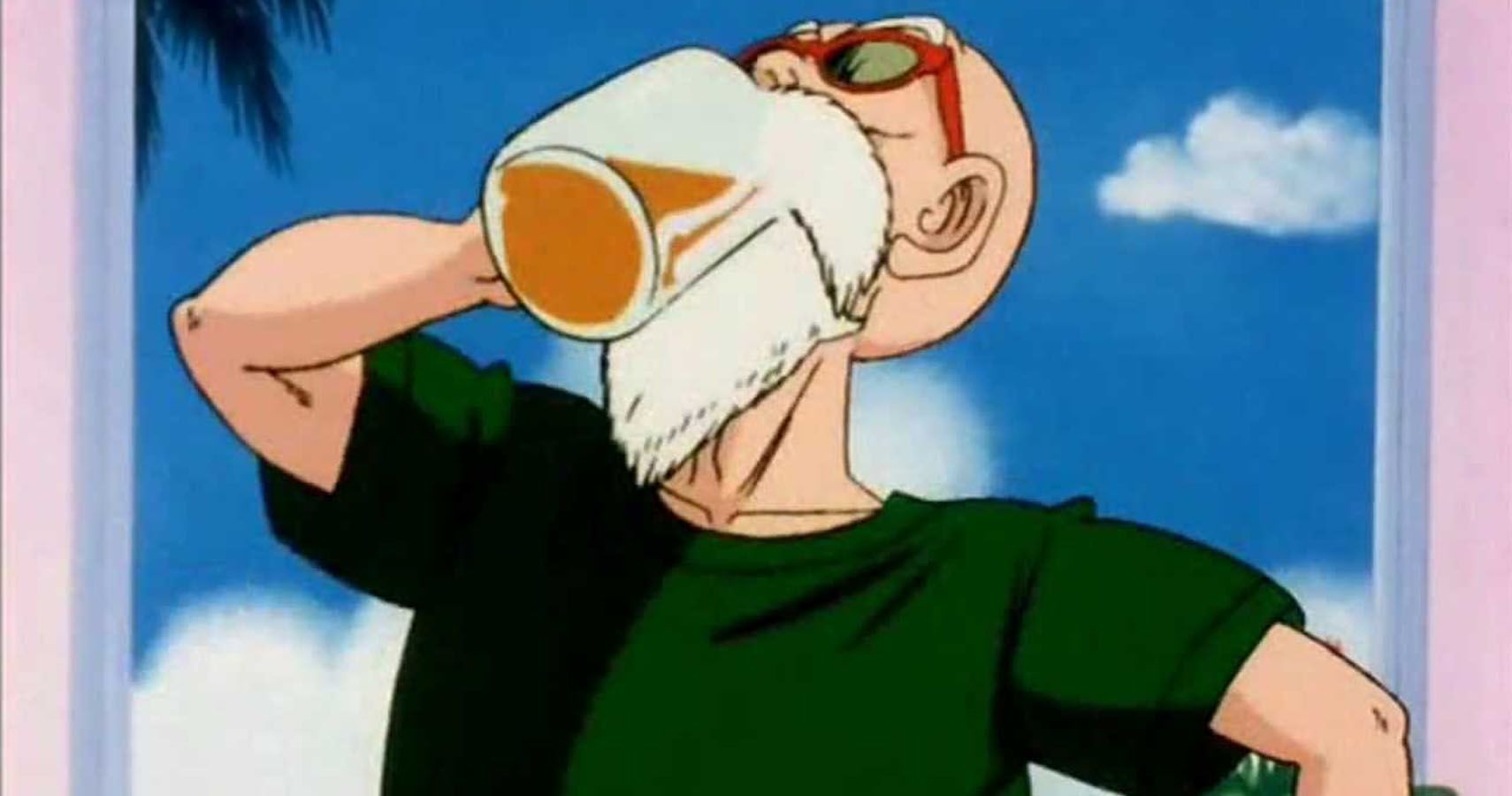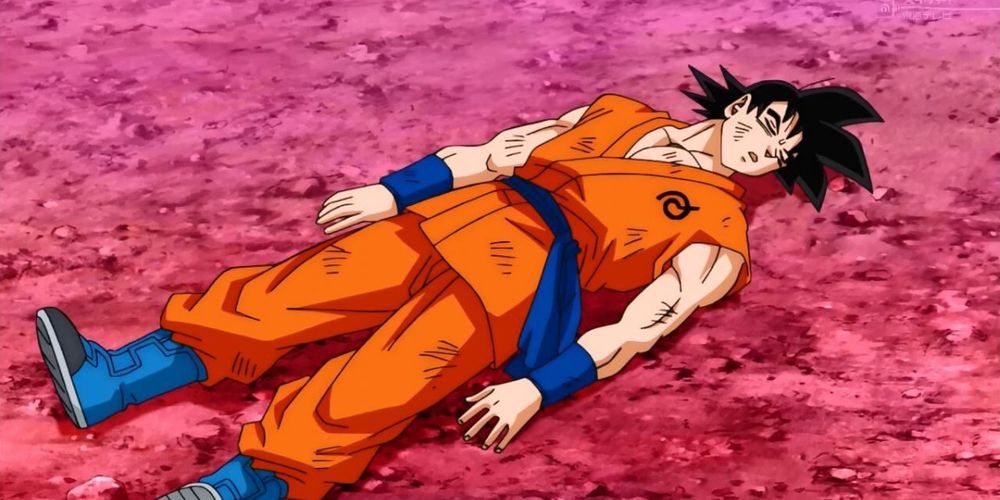Dragon Ball Z was first released by Toei Animation on April 26th, 1989, running for 291 episodes before wrapping up in 1996. American audiences wouldn't come to know the name of Son Goku until the Japanese run came to a close, with TV stations airing the action-series later that same year.
But what was changed while preparing the show for the American market? How much was cut down or censored in compliance with the standards and regulations of US television? Here are 10 elements that were changed for American audiences in Dragon Ball Z.
9 Blood, Guts, And Gore
Between the Japanese and American releases, late 90s/early 2000s viewers experienced two very different versions of the epic battles everyone knows and loves. And anyone who has since watched uncut editions of Dragon Ball Z knows just how gory the series can be, something censors were quick to rectify when preparing the IP for the West.
One example of this occurs in the Raditz Saga arc when, in a last-ditch effort to defeat the namesake villain, Goku sacrifices himself by grabbing Raditz from behind while Piccolo blasts them both using his Special Beam Cannon attack. In the original Japanese release, the Namekian's energy ray punches a hole straight through both Saiyans' chests, and then explodes through Goku's back, leaving them dying painfully in pools of blood. In the US, the impact gore and blood were edited out.
8 Goku's Timbre
In animation, timbre of voice reveals character, highlighting who they are as a person just as much as the choices they make on-screen. In the US, heroic characters are expected to have booming voices that err on the side of masculine, signaling the character is both morally good and tough in a fight. The OG Japanese release of Dragon Ball Z plays this differently, however.
In the Japanese release, Goku is voiced by Masako Nozawa, an actress who portrays the character with a high-pitch, comedic flare. In fact, Goku's adult voice is the same as his child-voice, pushing on the hilarious foundations that built the show from the pilot episode. Here in the US, however, Goku's voice--currently played by Sean Schemmel--is much grittier, masculine, and traditionally heroic. More American, if it can dare be said. And while CBR has no plans to delve into the Americanization of DBZ, it's still something worth noting.
7 The Soundtrack
The original Japanese release of Dragon Ball Z features an orchestral score composed by Shunsuke Kikuchi -- complete with violins, horns, flutes, and woodwind arrangements. It's actually quite beautiful and adds a level of depth to the animation and balances its humor and drama.
The American version, however, is scored by none other than Bruce Falconer and utilizes an arrangement of rock music riffs and eerie atmospheric tones, adding to the otherworldly nature of the show. If you were a kid in the late 90s/early 2000s, then nothing feels like Dragon Ball Z more than iconic tracks like "Hells Bells" and "Goku's Spirit Bomb."
6 Sexual Images And Nudity
A major contrast between kids shows in the US and that of Japan is the depiction of nudity. In Japan, nudity is used as a source of comedy, with moments like a full-frontal child Gohan peeing on Krillin's head in The Dead Zone movie, or adult Goku fishing butt naked in a river as seen in "The Arrival". In the US, however, such images don't go over well with censors.
In conjunction with general nudity as mentioned above, all of the sexual innuendos were edited out of the American release. Whether it's Bulma's bouncing bust or a naive kid Goku failing to understand the biological differences between males and females (Dragon Ball episode 2), US distributors were quick to omit or paint over these scene gags as fast as possible.
5 Home For Infinite Losers
Dragon Ball Z underwent all kinds of small edits in an effort to make the show more "palatable" for Western audiences. One of the most head-scratching cases occurs at the forefront of the Saiyan Saga when Goku treks across the netherverse to King Kai's planet. To do this, he must cross the infamous Snake Way -- a long, coiling bridge stretching from King Yama's palace to the martial arts god's planet. Unfortunately for weary travelers, Snake Way hovers over Hell itself, making a fall from its heights a once-and-for-all deal.
In short, Goku does indeed fall off Snake Way during the trek, landing in the Land of the Damned where he runs into an odd assortment of characters including two enforcer demons dressed in exercise gear with the words HELL printed on their chests. However, in the Nicktoons and Ocean dub versions released in the US, the word Hell has been changed to HFIL, which stands for "Home of Infinite Losers."
4 Forenames and Surnames
The Cell Saga introduces new additions to Dragon Ball Z's core cast of characters. And because name puns have been a running gag since the very beginning, tradition is and tradition does. Who is this a reference to? Mr. Satan, a martial champion who is anything but champion-like. Father of Videl and founder of Satan City, Mr. Satan's comedic inclusion appears at a time when the show reaches its most dramatic heights.
The character is effective, but for American censors prepping the show for US audiences, they felt something needed to be done about the pun. Instead, they changed Mr. Satan's name to Hercule, a play on Hercules, erasing any hint of the champion's true moniker. Later, however, this was ultimately retconned to Hercule Satan in uncut editions of DBZ and video games.
3 No Tear Ducts
One bizarre change made specifically for American audiences by Saban Entertainment, the production company responsible for importing DBZ, was the erasure of true distress in tense situations. Yes, somehow depictions of pain, fear, and sorrow were considered too scary for viewers in the late 90s, and animators were tasked with removing all signs of real emotional pain.
The best example of this can be found, once again, in the Raditz Saga when the Saiyan menace kidnaps Gohan in order to coerce Goku into joining forces. However, to mitigate the obvious case of child kidnapping, Saban ordered animators to alter the boy's sobs so as if to make it appear like he really isn't all that upset about being abducted.
2 Alcohol Consumption
Right up there with erasing Gohan's tear ducts is this funny little edit: alcohol consumption. Again, it needs to be noted that these censorship edits were primarily issued by Saban before the uncut Funimation versions hit the DVD racks by the mid-2000s.
That being said, one of the series' main comedic characters is that of Kame Sennin aka Master Roshi. As fans of DBZ well know, Roshi is not only a martial arts master but also kind of sordid -- a man who loves his beer just like his women: cold! For Saban, though, this was unacceptable, and all instances of Roshi drinking beer were recolored so as to give the impression the turtle hermit was actually drinking a foamy, clear liquid.
1 Life After Death
Coddling children from death is a uniquely Western trait, one that bleeds over into localizations of global IP from other cultures. Hailing back to the Ocean Group release by Saban, many of the graphic deaths seen throughout the early episodes of Dragon Ball Z were changed for American audiences. One such change can be found in the Saiyan Saga when Nappa outright murders a helicopter full of news reporters.
In this version, as Nappa smugly looks on the flaming wreckage a voice off-screen declares, "Look! I can see their parachutes! They're okay!" This ADR was included because Saban Entertainment believed there should be no depictions or references to death in kids' programming. Saban was so adamant about this that even lines implying death were edited out or altered completely.

